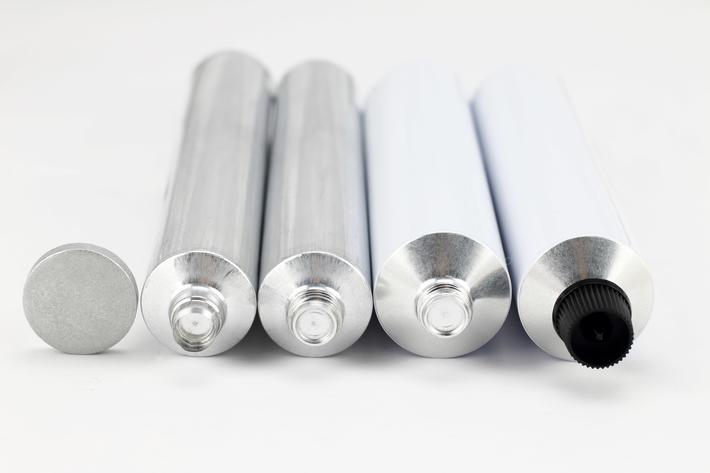
What is deburring process?
Deburring process is a surface finishing mechanical processing. It is a process by which a metal such as aluminum is worked on the surface and takes on a different appearance. Specifically, tumbling is used for the removal of residues of substrate due to the production of a product, usually through the casting process (die casting, as in the case of italpres) or molding.
What is deburring process used for?
The deburring process serves to eliminate surface residues. In particular, in metals it is used to brown, deburr, clean, opacify, descale, remove rust, polish, brighten, harden the surface. It is also used to prepare the pieces for further finishing. For the pieces deriving from die-castings, it is essential to deburr the casting connections and to release any air vents.
How is the deburring process done?
The tumbling is done by rolling or impacting the pieces in a barrel, also called a tumbler, from which the name of the process derives. In some cases, a specially shaped abrasive material is also used, in order to speed up the operation. The variants include the use of water, lubricants and detergents. In some cases the pieces are immersed in a protective liquid to prevent any future attacks of the atmosphere on the material.
The tumbler is loaded with the pieces and placed in roto-vibration. The faster the action of the tumbler, the faster the processing, but the dynamics of the process depends on the quantity of pieces, the size of the machine and the size of the pieces themselves. When the tumbler starts to rotate, the material inside rises until gravity causes the highest level to collapse towards the other side: thus begins the tumbling process. The tumbler can be simple, or equipped with blades that run along the inside and, by turning, catch the falling parts. Some are also equipped with a filtration system to allow the separation of the parts or other material in the cylinder.
For whom is it particularly suitable?
Deburring process is particularly suitable for small pieces in a large number. It is a process that "aligns" all the particular products, makes them all the same, therefore it is also a skimming useful to trace any production defects or inaccuracies. It should also be taken into account that this process causes very slight dimensional variations, acting on the surface of the piece: generally between 2 and 20 µm.
The merit of the tumbling is that sustainability: the finishing process is cheap because a large quantity of pieces can be processed with little or no control by the operator. The time is also relatively short, given that a complete cycle runs from 6 to 24 hours, with the tumbler running at 20-38 RPM: better if half full, so it is more efficient.


